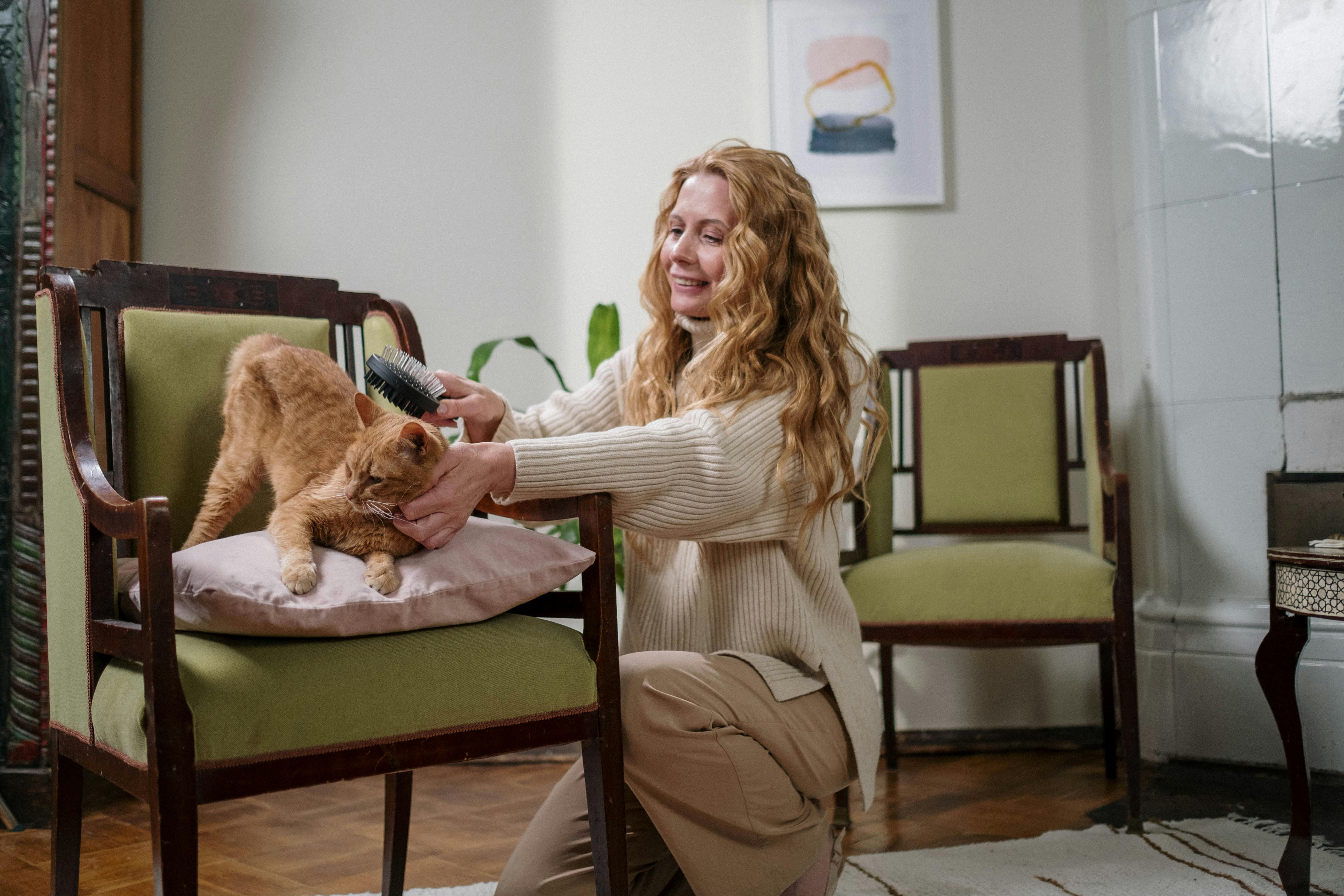Sphynx cat health assessment
It is very important that you regularly assess the health of your Sphynx to detect possible injuries or illnesses as soon as possible. This is an essential part of being a responsible pet owner, but it can be difficult to know what to look for when taking these Sphynx cat health evaluations. The checklist below outlines what to check when evaluating Sphynx health:
Sphynx cat eyes
Examine the Sphynx cat’s eyes for signs of pain, crying, or discharge. Sphynx’s healthy eyes are clean, clear and bright.
Sphynx cat ears
Sphynx cats have very large ears and are prone to wax build-up and infection. It is very important that you regularly clean the wax from your Sphynx cat’s ears. If the wax builds up or there are unpleasant odors coming from the ears, you should take him to the vet immediately for professional treatment. Failure to do so can lead to infections and deafness.
Sphynx cat mouth and teeth
Any problem with the Sphynx cat’s mouth and teeth is very serious, as it can affect its ability to eat and digest its food. Check that the gums are pink or black and look healthy, with no signs of abscesses or sores. Teeth should be white and straight without excessive tartar buildup. Signs that your Sphynx may have a health problem inside the mouth include bad breath, salivation or foam at the mouth, trying to scratch or rub the region of the mouth, and not being able to hold or chew food properly. These are serious problems that need to be treated right away.
Sphynx cat body
There are a few things to keep in mind when assessing the health of your Sphynx cat’s body. First of all, weight is very important as it is an indication of the health and general condition of the pet. Weight is an indicator of whether you are potentially over or under feeding your Sphynx. It is also an indication of digestive disease. The Sphynx has a naturally rounded stomach and obvious waistline. The bone structure around the ribs should be visible and clear to the touch. If your Sphynx loses or gains an unusual amount of weight, without a corresponding change in diet, then it is probably a sign of illness that needs to be investigated further. The second thing to consider when evaluating the health of the Sphynx cat’s body is the condition of its skin and hair. Fur color will vary based on your specific cat’s natural pigments. These are generally pink, black, or a combination of the two. Look for scratches, sores, or other signs of irritation, such as dryness or dandruff.
Sphynx cat appetite, thirst and digestion
Changes in your Sphynx cat’s appetite (for example, if he is not finishing an entire meal that he would usually finish) are a good indication that there is a health problem that needs to be investigated further. As with most other cats, Sphynx cats will sometimes eat grass and other plants, and in doing so they will vomit. This, in and of itself, is nothing to worry about, but if your Sphynx vomits or chokes on food more often, then you should investigate the reasons behind this further. It may require a change in diet or it could be the sign of a more serious digestive problem. You should also monitor your Sphynx’s bowel movements. Look for any changes in the color, texture, or consistency of your cat’s feces. If your cat doesn’t use the litter tray regularly, he may be constipated. Look for any signs of bloating or discomfort around the stomach and if this appears you should take your cat to the vet as there can be serious problems with the digestive system. Likewise, if your cat has diarrhea, it needs to be treated as well. A Sphynx will generally only drink a small amount of water. Water consumption will vary depending on whether they are fed wet or dry cat food. However, if your Sphynx suddenly starts drinking more water, then it may be an indication that he is dehydrated or trying to heal himself from another type of illness.

